
Together for a more sustainable tomorrow!
0%
less production residues
0 TONS
of broken chocolate products
0 TONS
of substandard products
Environmental protection and the fight against global climate change are collective social responsibility. We have also taken a part of this responsibility and are actively working to reduce the carbon footprint, and keep nature and people in business.
Our sustainability strategy focuses on how to meet people’s needs through clear and thought-trough activities while simultaneously ensuring business success and being environmentally sustainable in five key areas.
Climate impact
Did you know that the food industry contributes nearly one-third of all global greenhouse gas emissions? We display the climate impact of each product so you can make more informed food choices and support efforts to slow global climate change. Each of us can make a difference!
We use the cradle-to-gate method to calculate climate impact. This means we add up the impacts of raw materials, packaging, transport to the factory and production processes but do not include any activities after the product leaves the factory.
Based on calculations, we know that the greatest impact is not from packaging or production but from raw materials.
We know that a diet that ensures both human and environmental health is possible. In addition to monitoring the climate impact of consumed food, it is also essential to avoid food waste.
Our calculation method and threshold for small climate impact were developed with the assistance of the Swedish research institute RISE. Our assessment scale considers the following:
- the climate impact of an average Nordic citizen’s food consumption (approx. 2 tonnes CO2e per year);
- reasonable daily food consumption (approx. 1.3 kg);
- the need to reduce global climate emissions by 50% compared to 1990 levels to constrain global warming to 1.5°C above pre-industrial levels by the end of the century.
Frequently asked questions
How do you ensure a product has a small climate impact?
We developed the methodology for calculating climate impact and the threshold for small climate impact with the assistance of the Swedish research institute RISE. Preferring small climate impact (<2.1 kg CO2e/kg) foods, while maintaining a reasonable level of daily food consumption (approx. 1.3 kg per person), we could reduce emissions from food by 50%. This aligns with the global goal to reduce climate emissions by 50% by the year 2030 (compared to 1990 levels).
Do you only evaluate climate impact, or do you also consider broader environmental aspects like water usage and biodiversity?
Our assessment scale and methodology focus on climate impact. However, in our work with raw materials, packaging, production processes and product development, we also consider other environmental aspects, but describing them all on a single scale would be too complex.
What is product climate impact?
The climate impact of a product indicates the amount of greenhouse gases, or climate emissions, released into the atmosphere as a result of the particular product. These gases affect the climate by trapping outgoing solar radiation, thus warming the Earth. Different products have varying types and amounts of greenhouse gases released into the atmosphere. Therefore, the climate impact of products varies. Product climate impact is described in terms of carbon dioxide equivalents (CO2e), representing the amount of carbon dioxide that would have the same warming effect as all the greenhouse gases associated with the product.
Where do you get information about the climate impact of your products, and who has reviewed your methodology?
We calculate the climate impact by considering the combined effects of raw materials, packaging, transport to the factory and the production process while not considering activities carried out after the product leaves the factory. Our assessment scale and methodology were developed in collaboration with the Swedish research institute RISE; the same methodology is used across the entire Orkla Group in various countries.
Shouldn’t products with a large climate impact be avoided? Why do you continue to produce them?
A sustainable diet doesn’t necessarily mean exclusively consuming products with a small climate impact. It’s essential to ensure that food provides an adequate amount of nutrients for good health. Balancing nutrition and sustainability is crucial for both human and environmental well-being.
How can smoothies packaged in small plastic containers and containing exotic fruits like mango or banana have a small climate impact?
To calculate the climate impact of products, we consider the combined impact of raw materials, packaging, transport to the factory and the production process of the final product. Our calculations show that raw materials primarily drive the climate impact, while the impact of packaging and transport is generally smaller. Since smoothies are mainly plant-based and have large water content, their climate impact is below 2.1 kg CO2e per kg of product, which is considered the threshold for products with a small climate impact.
Why do you assess all your products on the same scale?
We use the same scale to facilitate comparisons of the climate impact of different products across categories. If we used category-specific scales, we wouldn’t gain a broader understanding of which categories have a smaller climate impact overall.
How can you compare the climate impact of products from different manufacturers?
We’ve only conducted calculations for our own products, as we have the necessary data for them. In our calculations, we’ve observed that raw materials tend to be the main source of impact. Based on our findings, we can infer that products with similar compositions have similar climate impacts. Generally, the more plant-based a product is and the less animal-based it is, the smaller its climate impact, using certified raw materials can also reduce environmental risks. For example, Rainforest Alliance-certified cocoa helps to better address potential environmental risks associated with raw material cultivation, such as deforestation.
When will Orkla sell only products with a small climate impact?
We currently do not have a specific plan in place to exclusively sell products with small climate impact. However, we are committed to ensuring that all our products are produced as sustainably as possible. This can be achieved through collaboration with our raw material suppliers, product and packaging development, and improving the efficiency of our manufacturing processes. At the same time, our diet must provide us with enough nutrients to stay healthy. Striving to meet consumer expectations, we also aim to operate within the planet’s ecological boundaries.
Why do you display a range rather than showing the exact climate impact figure?
While our calculations provide precise numerical values, we opt not to display them due to slight inaccuracies inherent in climate impact assessments. For example, the precise climate impact of raw materials depends on factors like climatic conditions and soil quality. Factors such as batch size and raw material characteristics influence the production process, and transportation impact depends on the type of fuel used. These variables, subject to change over time, contribute to a certain degree of fluctuation in climate impact. Therefore, we believe it is more informative to provide a range indicating whether the climate impact is small, medium or large, rather than displaying a single exact value.
Does Estonians’ diet have a large climate impact?
There are no precise studies or data available regarding the environmental impact of Estonian diets. Therefore, our assessment thresholds (small, medium and large) are based on the average climate impact of Nordic diets. Generally, the environmental impact per capita of diets in low-income countries is smaller than in high-income countries. Additionally, developed countries tend to have more food waste at the consumer level, making their food systems less sustainable. Regardless of comparisons with others, it’s essential for individuals to understand that their diets have an environmental impact that can be influenced through informed choices.
Did you also consider food wastage when developing your assessment scale?
We began with the average climate impact of food consumed by the average Nordic person, regardless of whether it ends up being eaten or discarded. To meet the climate goals for 2030, this impact must be halved. This would ensure that the food system contributes to reducing emissions in line with other sectors, allowing us to limit global warming to 1.5°C by the end of the century compared to pre-industrial levels. The assessment thresholds are determined by considering a sensible daily food intake per person and establishing the climate impact per kilogram of food required to meet our climate objectives. This calculation does not account for additional food waste. Therefore, while preferring products with low climate impact is one step towards a more climate-friendly diet, it is equally important to minimise food waste. Our calculations also factor in wastage occurring during raw material cultivation and production processes, which we continually strive to reduce to decrease product climate impact.
Shouldn’t you also measure your products’ impact on health, alongside environmental impact?
We openly share information about the nutritional value and ingredients of our products (including on the product packaging) to enable consumers to make informed choices. The healthiness of food cannot be easily measured with a single metric. It is often said that there are no inherently healthy or unhealthy foods, but rather healthy or unhealthy diets; seemingly healthy food choices can turn out to be overall unbalanced or unhealthy. The key is balance and variety in diet. The principles of a health-supporting diet can be found on the website of the Estonian National Institute for Health Development at toitumine.ee, which we recommend following.
Why isn’t the “small/medium/large” rating displayed for beverages?
The scale was developed based on the average Nordic diet. To provide a more relevant comparison, all beverages (including milk, coffee, tea, juice, soft drinks and alcoholic beverages) were excluded from the analysis. Therefore, we do not provide a rating for beverages. However, we can still express their climate impact since the calculation methodology remains the same. Just like with foods, we can calculate the combined impact of raw materials, packaging, transport to the factory and the production process at the factory for beverages.
Environment
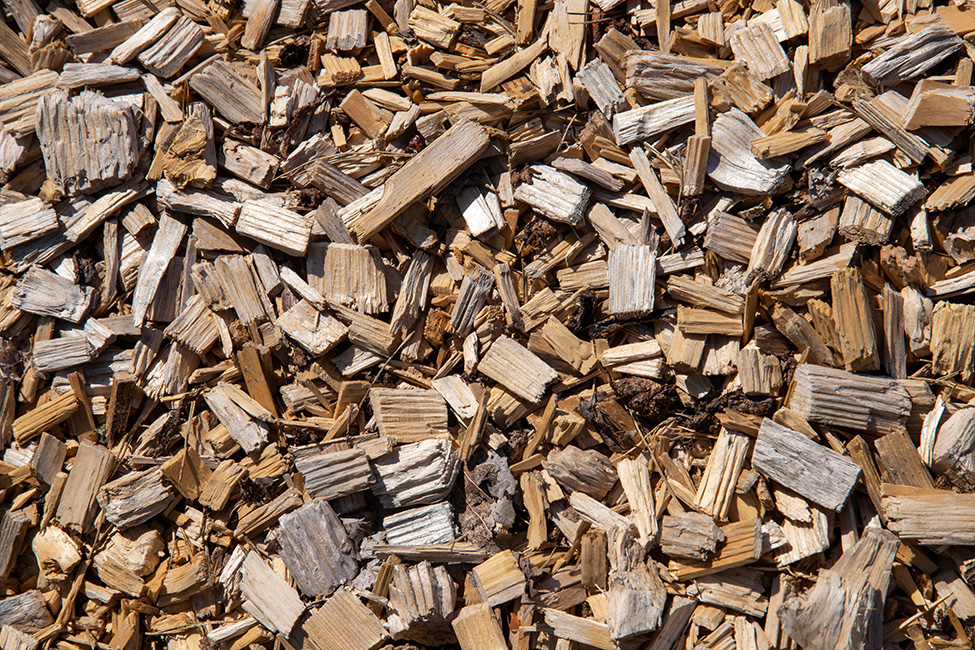
We always prefer renewable energy
The Kalev plant uses electricity from 100% renewable sources. Heating energy comes from a district heating system with 90% wood chips, including different types of wood waste used in the boiler house. The production of wood chips is mainly based on waste from the furniture industry and forest rubble.
From 2016, the annual climate emissions of the Kalev plant have decreased by 90%. The result has mainly been achieved thanks to the use of electricity from a renewable source, as well as systemic work in increasing the energy efficiency and the overall production efficiency of the plant.
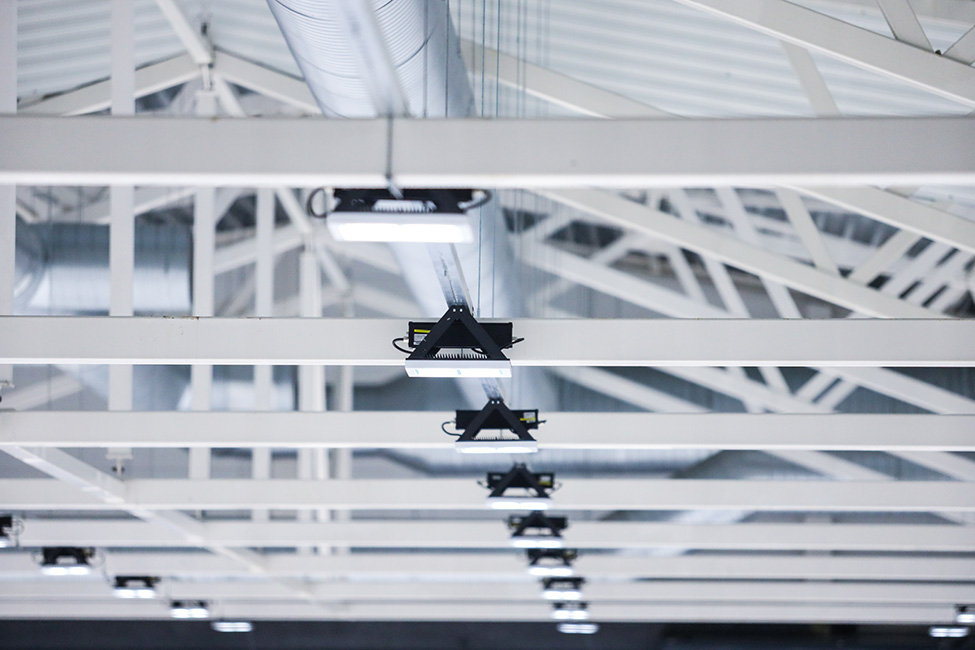
We are energy efficient
100% of the lighting of the Kalev factory territory, production building and warehouses is already equipped with LED lighting today. It is significantly more energy efficient and practically maintenance-free in the first five years. In addition, the light intensity increased, which made our working environment much better.
We ensure that equipment and lighting are switched off outside working hours to avoid unnecessary energy consumption. Every year, we invest significant amounts in new production equipment, the procurement of which also includes energy efficiency as an important criterion.
We are constantly working to ensure that our production processes are as efficient as possible. We invested in the energy monitoring system for continuous monitoring of energy consumption and operational detection of deviations, which started operating in the first quarter of 2022.
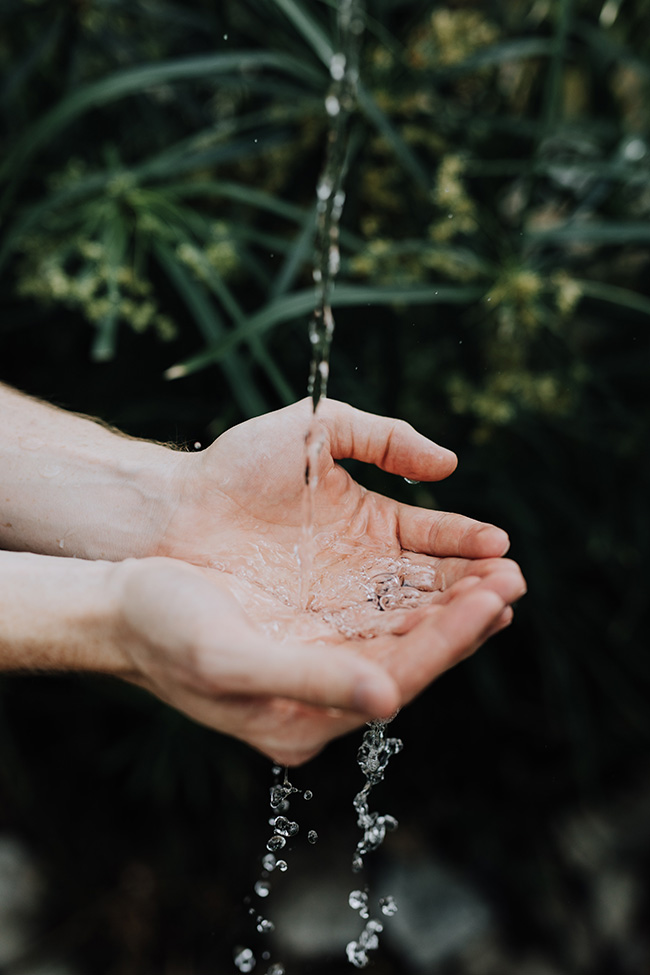
Sustainable water circulation system
The Kalev plant has a water circulation system that allows water to be consumed sparingly. The energy monitoring system mentioned above also monitors water consumption in real time. The plant also has its own waste water treatment system, which ensures that there is a minimum of waste water in the channelled water. In 2022, we will also invest in systems for more efficient use of condensate in production. As a result, water consumption is estimated to decrease by about 1,300 m3 per year.
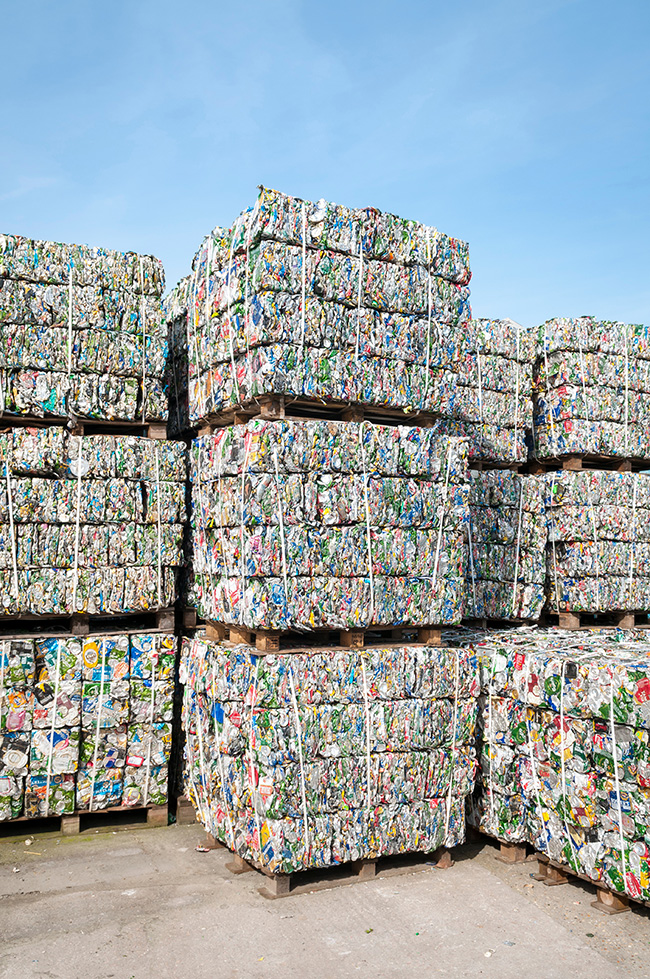
Waste is important to us
The paper and cardboard waste from production is recycled. We also collect plastic waste, hazardous chemicals, electrical equipment and municipal waste separately – all of them are handled in accordance with the Waste Act. Starting from 2022, we are directing the production waste generated at the Kalev plant to the production of energy at the thermal power plant. The longer-term goal is to find a partner with the capacity to produce biogas from organic waste.
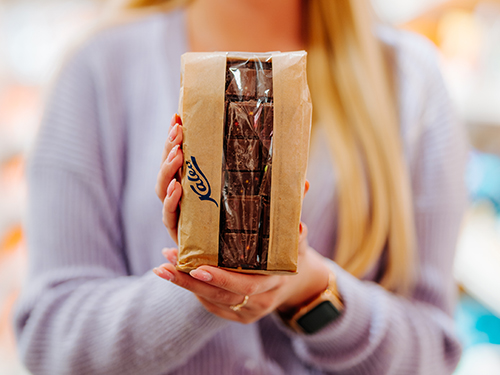
Food is not for wasting
We are actively engaged in reducing wastage in production processes. We are constantly trying to find additional ways to use substandard production in the production of other products. For example, we are already partially using them into our legendary Komeet and Teekonna candy. Therefore, sometimes there may be small variations in the flavours of these candies.
In addition, we package and sell non-standard chocolates and candy in Kalev chocolate shops, which can be bought as a weighed product. As compared to regular products they have equivalent quality, but are not completely compliant to our standards when it comes to appearance, weight or for example amount of additional ingredients. The taste can also differ from the usual. In addition, we sell at attractive process, the test products and leftovers from raw materials that sometimes remain in warehouses after the end of production.
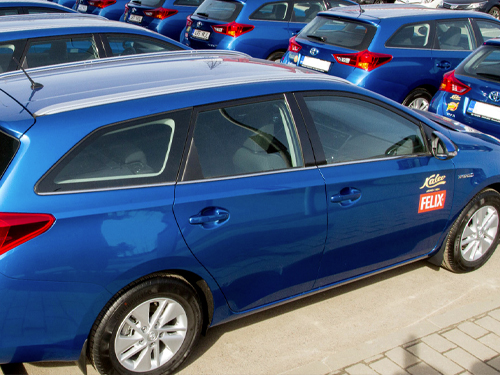
Our environmentally friendlier fleet of cars
In 2014, we replaced our current cars with more environmentally friendly hybrid cars. The fuel consumption of a hybrid fleet is 20% lower than before and they emit significantly less carbon dioxide into the environment. Furthermore, the level of safety and comfort equipment of hybrid cars is also significantly better than before.
Nutrition and wellbeing
0%
transparent ingredients information
0%
preservative-free products
0%
enjoyment
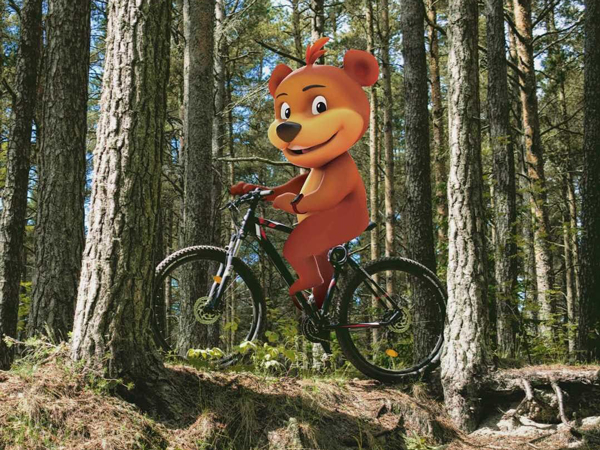
We inspire people to move and consume consciously
Mesikäpp is one of our oldest and most beloved brands. Mesikäpp is always friendly and helpful and invites everyone to move more. Therefore, the packaging of Mesikäpp also features information about how many steps, squats or other physical activities 1 serving or a piece of the corresponding sweets powers. The more you move, the more energy you spend and the more you can treat yourself – everything has to be balanced. The focus of Mesikäpp brand is especially on the promotion of the habits of activity among young people – we are the main sponsor of both TV 10 Olümpiastarti and Teatejooks competitions and sponsor the youth series of the Kõrvemaa Neliküritus series of competitions. In addition, Mesikäpp carries out annual charity campaigns aimed at or intended to support activeness. In 2021, in cooperation with the Aitan Lapsi Charity Foundation and the University of Tartu mobility laboratory, slackline balance lines were installed in 75 different schools in Estonia.

Healthy food is tasty food
Even the tiniest of changes in the salt, sugar and fat content of everyday products have a significant positive impact on health. Therefore, we are actively working to make daily food healthier. Our philosophy is that healthy food must taste good. That is why we never give compromise on taste when we reduce the percentage of salt, sugar and saturated fat in popular and beloved favourite products, or when we develop new products. For example, the updated Kalev marzipan candies and bars now have a higher almond content and also contain a little less sugar, but overall the taste characteristics and quality of the product are no worse because of this.
We also have a number of historical products the product recipes of which we have not changed in order to preserve their original taste – the reason why these products are so loved from generation to generation.

Treat ourselves responsibly
Clear and honest information about products is essential when making informed choices in stores. That is why we think it is important to make it easy for consumers to know what our products contain. We highlight information about how many nutrients you can get from the product and how much it is from your daily calorie requirement. Thereby we give people the opportunity to make informed choices and call for treating oneself responsibly. We have also enriched our range of sweets in such a way that consumers can choose sweets with lower-than-average sugar content and find sufficient choices in the form of dark chocolate. However, some products in this category must be just what they are – a source of pleasure.
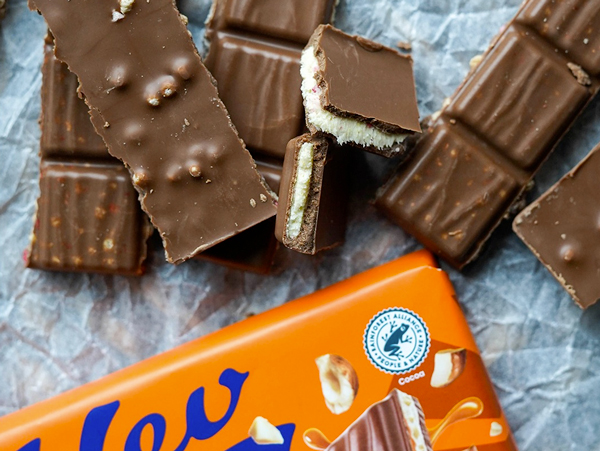
We are 100% preservative-free
All sweets bearing the Kalev brand are produced without artificial preservatives. This means that their long shelf life has only been achieved thanks to raw materials that meet high quality standards, carefully developed recipes, well-adhered production and storage parameters, and packaging that ensures the optimal protection that takes into account the specific characteristics of a given product group. Protection against light, oxygen and moisture, and of course, ensuring general hygiene, is important here. Following the above, it is possible to safely preserve the treats for a long time even at completely normal room conditions. Generally, the main factor limiting their preservation is the deterioration of taste or appearance, but not becoming hazardous to health.
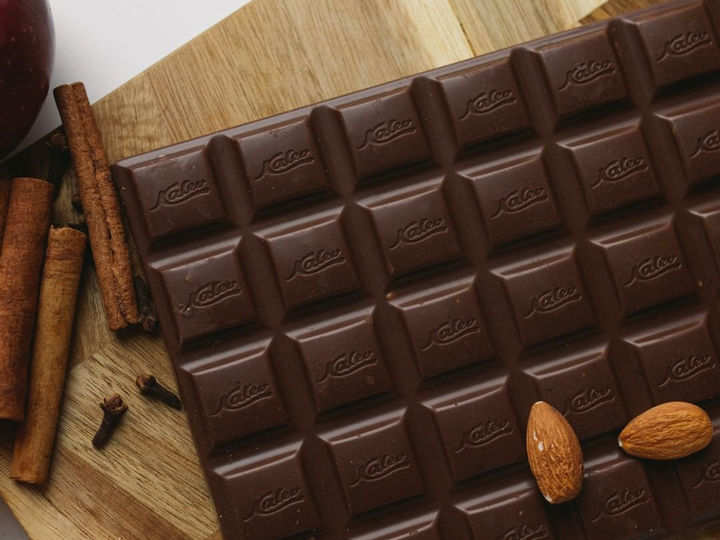
Temperature makes a difference
In the case of chocolate products, a processing step called tempering is an important part of ensuring long shelf life. Essentially, this means that first of all, in the fully melted state, the chocolate is cooled to a certain temperature, after which it is warmed up again slightly. Using chocolate tempered in this way, conditions have been created so that the cocoa butter inside the product can achieve the most suitable form for eating pleasure, which is also stable enough to avoid changes in the characteristics of the product over a long period of time. Temperatures must be in place with the utmost precision throughout the entire process and be based on the composition of the particular chocolate mass – a mistake of only 0.2 degrees can already prove disastrous for the quality and preservation of chocolate.

Antioxidants save the day
The predominantly low water activity of chocolate and candy, which makes them resistant to microbiological deterioration helps them preserve. It is further facilitated by the high sugar or fat content of sweets, which create an unfavourable environment for the development of bacteria. In addition, the natural antioxidant properties of cocoa also help chocolate against becoming rancid. Dark chocolate is the most protected, as it has the highest percentage of cocoa. Milk chocolate is more susceptible to rancidity due to the milk component in its composition. White chocolate is the most susceptible of these three, as it does not contain a gram of the dark antioxidant component of cocoa. In addition, nuts, which are often used as an additive in chocolates, are susceptible to rancidity. Therefore, it is very important that the selected packaging protects the chocolate from both light and air.
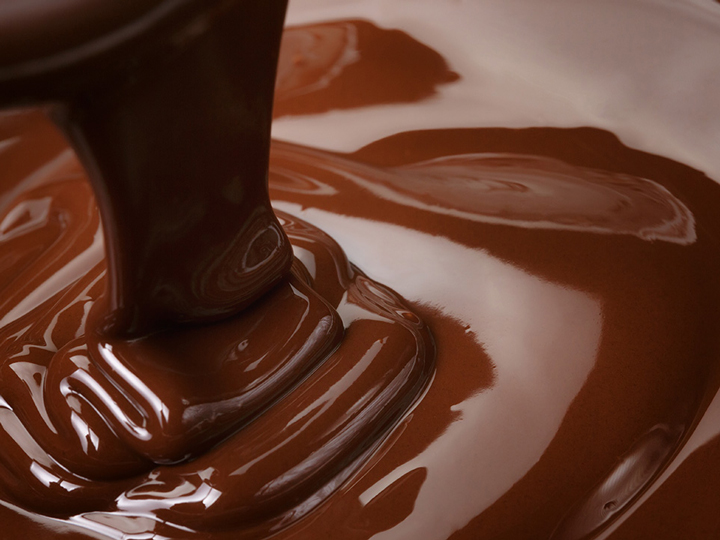
Additives cannot always be avoided
Not all additives (i.e. e-substances) are preservatives. For example, lecithin is used as a liquefying agent to ensure the necessary fluidity of chocolate. To avoid this substance, significantly more cocoa butter should be used to achieve equivalent fluidity in the chocolate mass, which would significantly increase the fat content, calorie content and price of the final product.
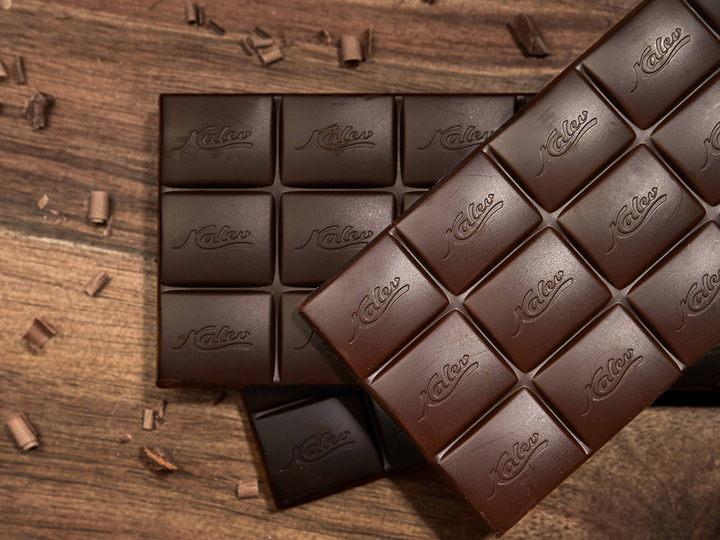
Allergens and special diets
In order to providing choices for people suffering from allergies and food intolerances, we avoid bringing new allergens to our factory. Already microscopic exposure to an allergen may be dangerous for an allergy sufferer – even if ingredients containing allergens are not used in the product itself, but have been used in another product on the same production equipment. Therefore, we make sure that the relevant information is available to the consumer and can be easily found. Allergens contained in the product are highlighted on the packaging using italic and bold print. Allergens which may be present in the product through contact with other products are highlighted at the end of the list of ingredients with the indication “may contain a small amount.”
Product quality
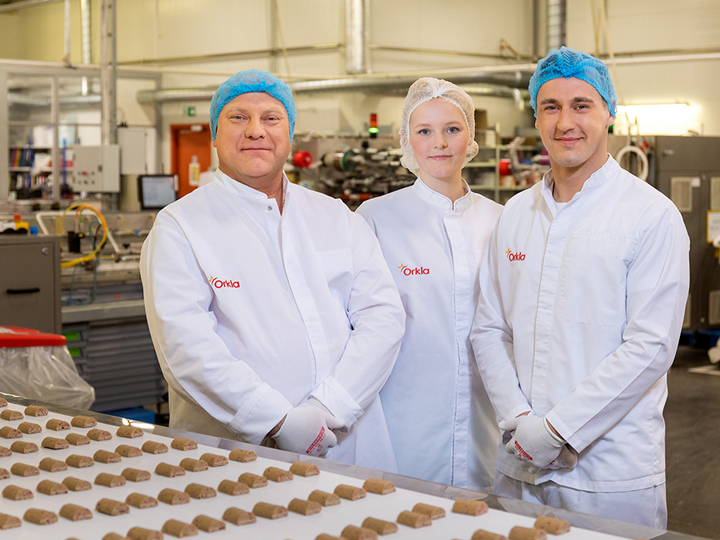
Our products are safe
We believe that food quality and safety are the cornerstone of strong customer and consumer relations and ensure long-term consumer confidence in products.
The same strict quality standards apply to all markets where Orkla companies produce or sell their products. Products and production processes produced at the Kalev plant comply with the requirements set out in EU, Estonian and other relevant legislation. Auditing our suppliers of raw materials to make sure that they take the same commitment to food safety as we do is also an important part.
Quality and food safety are the responsibility of every worker who directly affects the ingredients, packaging, production, storage and transport of products. We contribute to product quality and product safety through continuous training of employees. We are constantly working on monitoring and analysing the quality of our products and improving our processes to ensure consumer satisfaction.

The art of preserving sweets
The term “best before” refers to the minimum shelf life of a product. After the expiry of the “best before” date, the product may lose its flavouring properties, change in texture or consistency, but is still suitable to eat for some time and does not pose a health risk. “Use by” refers to the final date of sale and consumption. Such labelling is on perishable products such as meat, fish products. Kalev’s sweets are products of long shelf-life and our packaging has a “best before” label. Kalev candy is mostly preserved for half a year. Chocolates for 10-12 months. Handmade candy has a shorter shelf life. When storing chocolate in the refrigerator, a layer of fat crystals can form on top of it, as a result of which the chocolate turns greyish on the top. It is called “greying” and in no way poses a health risk. The ideal storage temperature for sweets is 17-18 °C. Also, sweets, especially chocolate, should be stored away from strongly fragrant foods, because chocolate is very susceptible to surrounding scents. Cookies (also sweets) should be protected from moisture, as they may lose their crunchy properties. At home, it is worth keeping cookies in a sealed package or in a bowl with a lid.

Our supply chain is checked and safe
Increasing population numbers and climate change, which are becoming more and more apparent, are increasing the pressure on our natural resources. We see our responsibility to cooperate with suppliers who produce sustainably, considering our nature, animals and workforce. We see that the production of raw materials such as cocoa and palm oil can pose major social and environmental challenges. We therefore work closely with our suppliers to deal with these problems. We use only certified cocoa and palm oil to produce our sweets.
In addition to food safety, we assess all our suppliers in terms of sustainability and expect them to follow the Orkla Supplier Code of Conduct on Workers’ Rights, Occupational Health and Safety, Environmental Welfare, Fair Business and Corporate Governance. By 2025, we plan to achieve that our sweets use only a more demonstrably sustainable and traceable production of all our key raw materials: cocoa, palm oil, sugar, dairy products, nuts and eggs. We also do not use the eggs of caged chickens at the Kalev plant.
Packaging and raw materials
Our goal by the year 2025
0%
of the packaging is recyclable
0%
of the packaging is produced either on the basis of recycled or renewable raw materials
0%
of the plastic packaging is produced either on the basis of recycled or renewable raw materials
Our packaging materials
We use different materials for packaging our sweets – each treat needs a specific coating material to maintain its quality and taste. Every day we take steps to ensure that by 2025, all our packaging is 100% recyclable. We are also constantly looking for new ways to use more and more recycled materials in packaging.
Plastic
For chocolates, there is no good alternative to plastic packaging. Plastic is a durable packaging material with the lowest carbon footprint. The hermetically sealable plastic packaging ensures the safety of the product and the longest possible shelf life while being easy and convenient to use. Plastic is an excellent material, but its use should not be exaggerated, and it is important that plastic packaging is collected and recycled after use.
Paper and paperboard
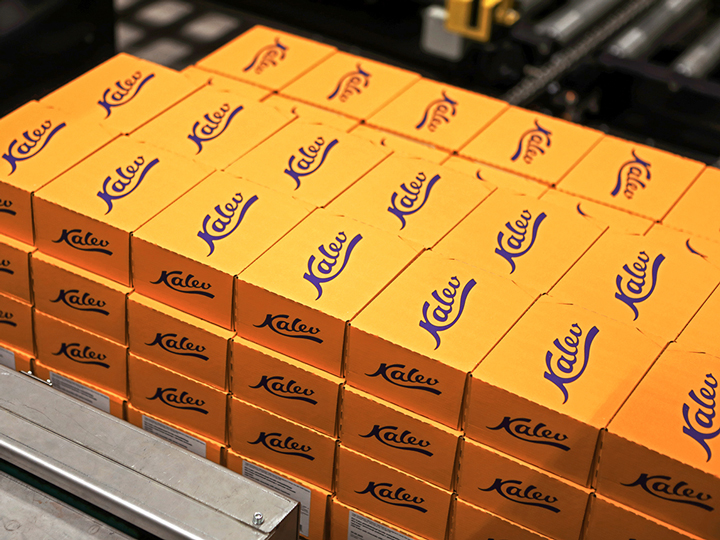
Although paper and paperboard are renewable, easily recyclable and reusable materials, their production is energy-intensive and burdensome for the environment. Also, sweets cannot be wrapped directly in paper, because before that they need to be wrapped, either in aluminium foil or in film. Otherwise, the wrapping papers would be grease-stained and the candy would dry. However, we are exploring ways to introduce new paper materials with sustainable barriers.
Aluminium foil
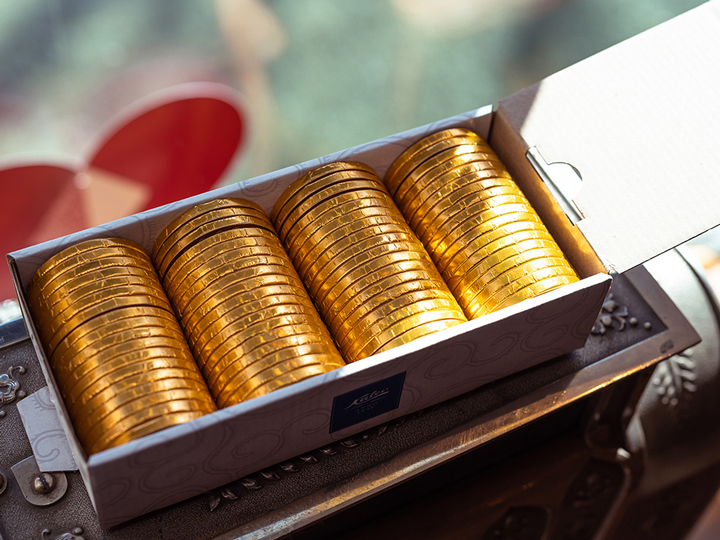
The excellent barrier properties make the foil a very good packaging material, but its production has a quite high environmental burden and requires a lot of energy. It is difficult to recycle the foil as the aluminium is easily oxidised when in contact with air. Since it is difficult to give up foil in the packaging of sweets, we place our hopes on the spread of chemical processing technology.
Duplex – paper laminated with aluminium foil
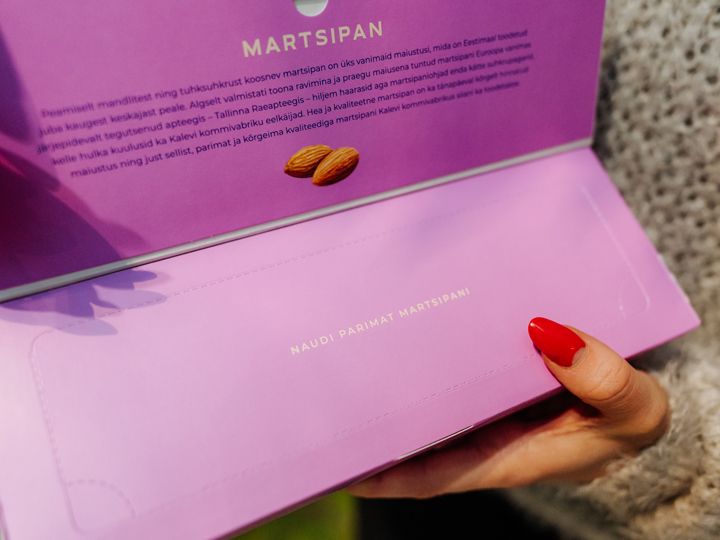
Here two good materials have been combined. Opening chocolate wrapped in duplex is more convenient than with foil. The aluminium layer of the duplex is half as thin as foil, which saves a valuable natural resource. At the same time, the layers of the material cannot be separated and recycled.
Candy box lining
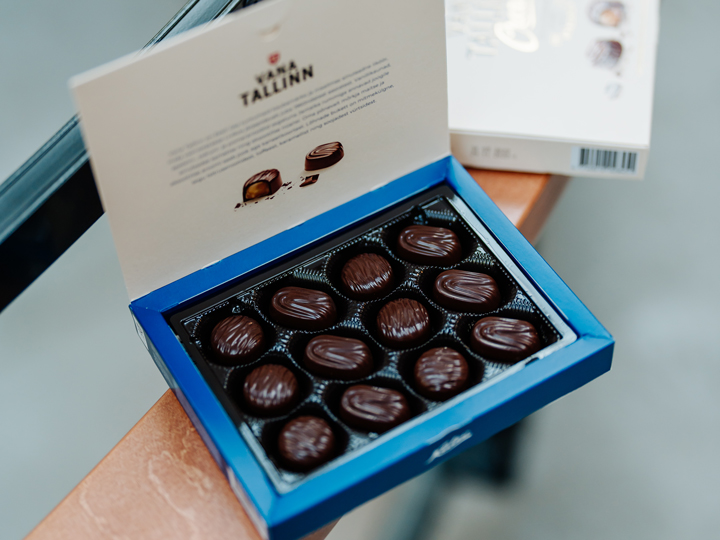
Inside the candy boxes, the candy is stacked on a special plastic tray with nests, or Correx. All the linings of our candy boxes contain recycled material – brown 80% and gold 50%. The share of recycled material cannot be increased at the moment for food safety purposes as the surface in contact with the candy must be made of new material.
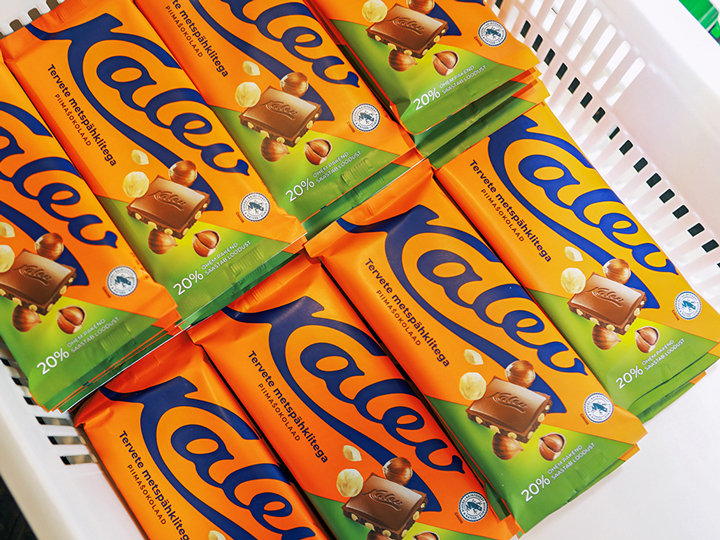
How to sort sweets packaging?
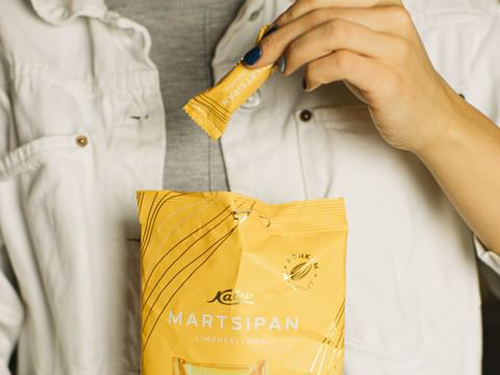
Paper and paperboard go into a special paper container. All the rest in the mixed packaging container or packaging bag. A big problem lies in the candy wrappers, which, because of their small size, tend to end up in the nature, where they can stay for years, their enticing smell attracts wild animals to eat them, until they are finally buried under the layer of decaying plants. It is good to collect candy wrappers in an empty bag of candy, so it is easier to take them to the container, and they do not go flying about out later when sorting.
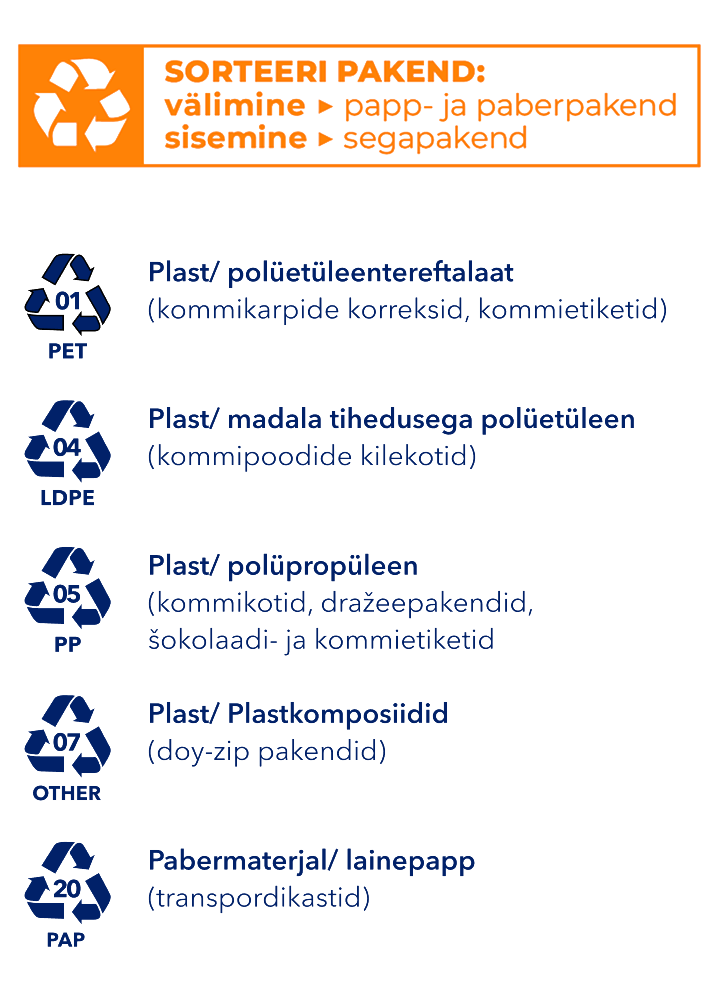
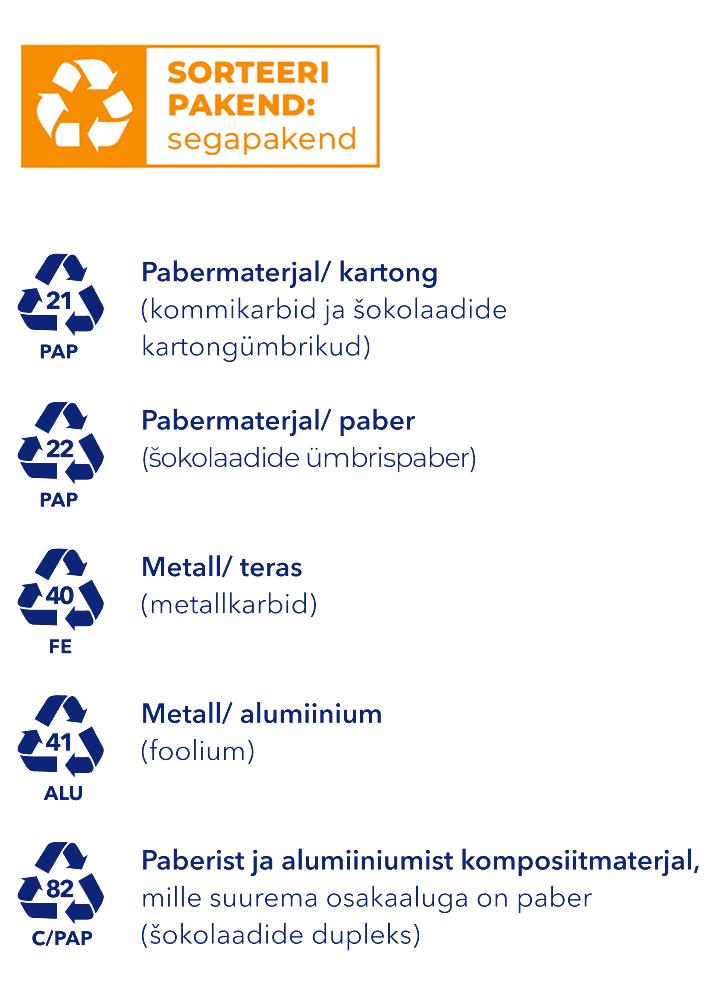
Sustainable materials at Kalev shops
We can sell less packaged products in Kalev stores. Without labels, we have, for example, truffles and handmade candy, dragées by weight, test products, and raw material residues. We can avoid candy bags when it comes to candy sold by weight. In addition, we use sustainable packaging materials in Kalev stores whenever possible.
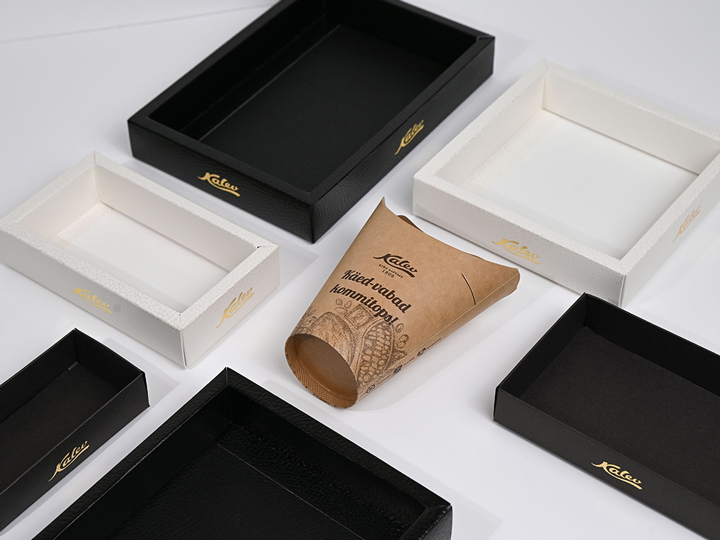
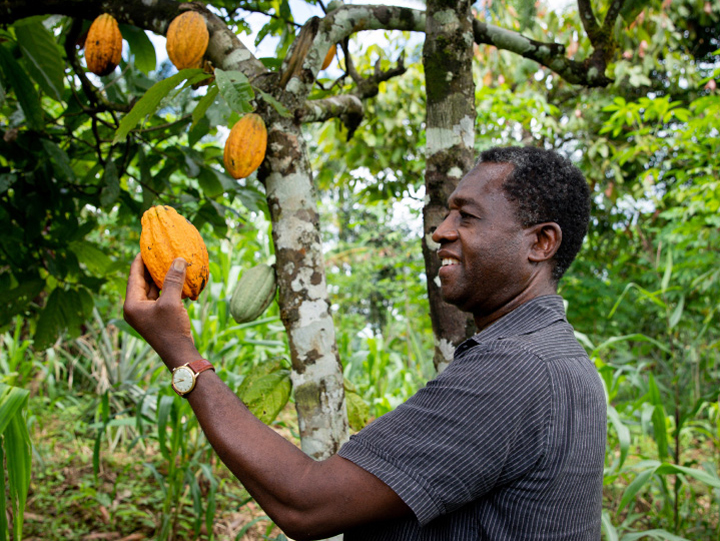
Raw materials should be sustainable
It is important for us to make the sweets of raw materials the production of which takes into account the interests of humans, animals and the environment. We therefore work closely with our raw material suppliers to address social and environmental challenges.
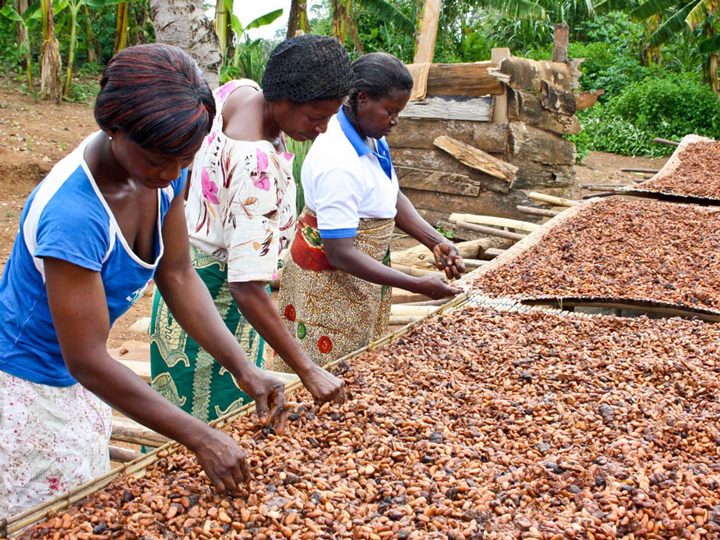
We use certified cocoa
Cocoa is the main and most important raw material for chocolate. Cocoa trees only grow on narrow land on both sides of the equator in countries whose inhabitants face difficult economic and social conditions on a daily basis. That is why we attach great importance to contributing to sustainable and responsible cocoa farming and, through it, to improving the working and living conditions of cocoa farmers.
In 2014, Kalev joined the UTZ Certified, the world’s leading programme aimed at supporting responsible and sustainable coffee, tea and cocoa cultivation. Since 2017, all cocoa used for the production of Kalev chocolate has been certified. In 2022, the UTZ label was replaced by the Rainforest Alliance label as a result of the merger of the two organisations – UTZ and Rainforest Alliance.
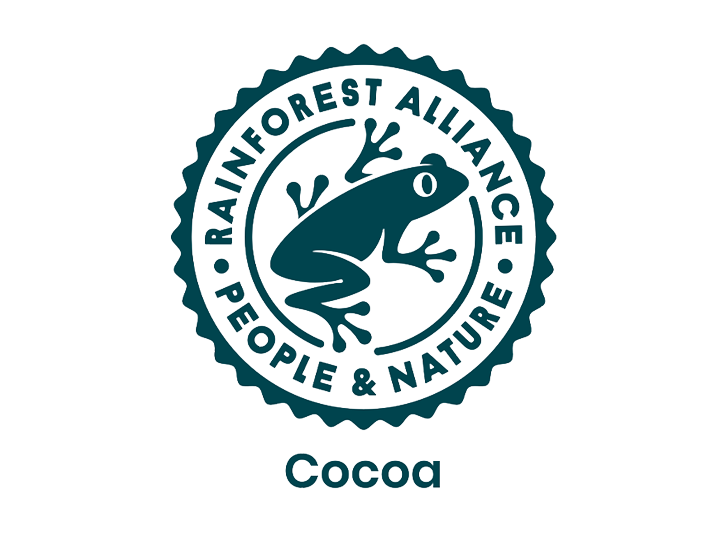
Rainforest Alliance labelling
The Rainforest Alliance is an international non-profit organization that aims to build a better future for people and nature.
Sustainability is important for Kalev and that is why we are working with Rainforest Alliance.
The Rainforest Alliance is working to address some of the most pressing environmental challenges of our era, including the climate crisis, by changing the way the world produces and consumes. When you choose Rainforest Alliance Certified Cocoa as a consumer, you support farmers who take care of the well-being of their employees and our natural resources.
The Rainforest Alliance logo means that the corresponding cocoa has been grown taking into account more sustainable agricultural practices. More information about the Rainforest Alliance can be found on their website: www.rainforest-alliance.org.
Certified palm oil
Fat mixtures produced on the basis of palm oil are used as raw materials for the preparation of certain candies and biscuits, mainly for technological reasons. Palm oil is obtained from the fruit of the oil palm Areacacae Elaeis. Oil palm trees yield 10 times more crops per hectare than any other oil plant, which means that their cultivation requires many times less arable land. The cultivation of oil palm trees is also the main source of livelihood for tens of thousands of people in the South East Asia region. Unfortunately, over the years, rainforests have been irresponsibly cut down to create oil palm plantations, causing damage to nature.
An alternative to conventional palm oil is a certified raw material that comes from controlled plantations and is produced responsibly. Starting from 2018, we will only buy vegetable-based fats containing sustainable certified palm oil for sweets made at the Kalev factory. The company holds the RSPO (Roundtable on Sustainable Palm Oil) certificate. In parallel, our product development department is also looking for alternatives to vegetable fats containing palm oil.
Orkla ASA – Roundtable on Sustainable Palm Oil (RSPO)

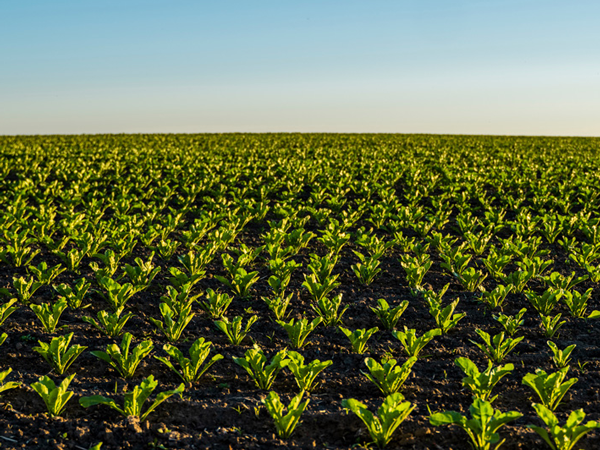
Our sugar is environmentally friendly
It is no secret that sugar is used to make sweets. To assess the level of sustainability, we use the widely used FSA (Farm Sustainability Assessment). We can confirm that the sugar purchased at the Kalev plant corresponds to the FSA silver level.
People and society
According to KantarEmor’s 2021 Employer Reputation Survey, we are among the 20 most preferred employers in Estonia. Our goal is to keep this position.
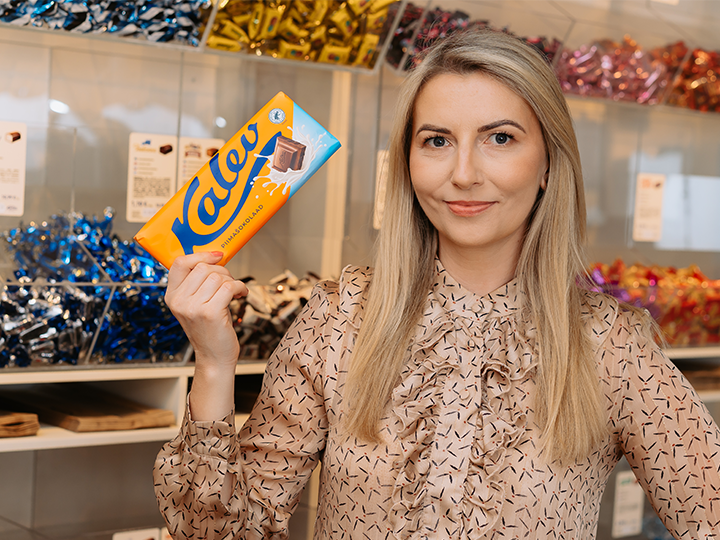
Our focus is on people
Orkla is an important employer for more than 21,000 employees operating in nearly 30 countries. In Estonia, we provide work to 500-700 employees, depending on seasonal needs. We are responsible for the health and safety of our employees and we observe that everyone’s human rights (freedom of expression, freedom of organisation and the right to fair working conditions) are respected. We conduct a thorough employee satisfaction survey and, based on the results, prepare action plans for alleviating concerns. Every year, we invest significantly in the development of our employees’ professional knowledge, occupational safety and management skills. We consider it important to develop a psychologically secure working environment, which is why we train employees to build good relations between themselves, solve working conflicts effectively and prevent bullying at work.
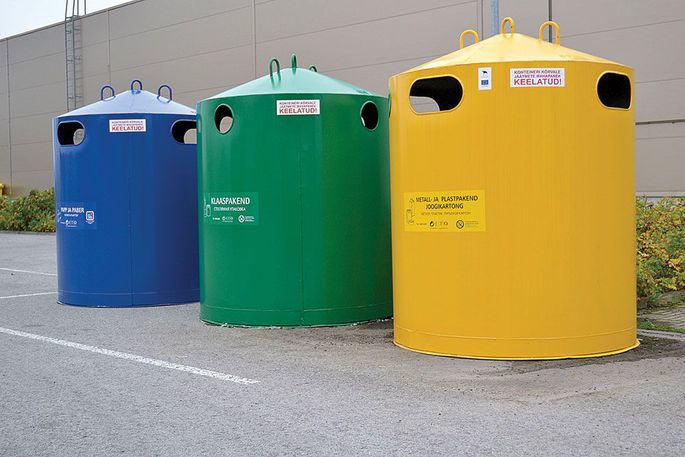
We care about what happens to our packaging
For the purpose of keeping the environment clean and collecting packaging, we are among the members of the Estonian Recycling Organisation (ETO). Through ETO, we are one of the shareholders of RP Pakend OÜ. This non-profit company is involved in collecting, sorting, valuing and reselling packaging waste for recycling purposes. For this purpose, packaging containers have been installed in public collection centres, into which everyone can bring their packaging, which is the collected, sorted and later recycled. RP Packaging collects packaging from public containers as well as from the Kalev plant.
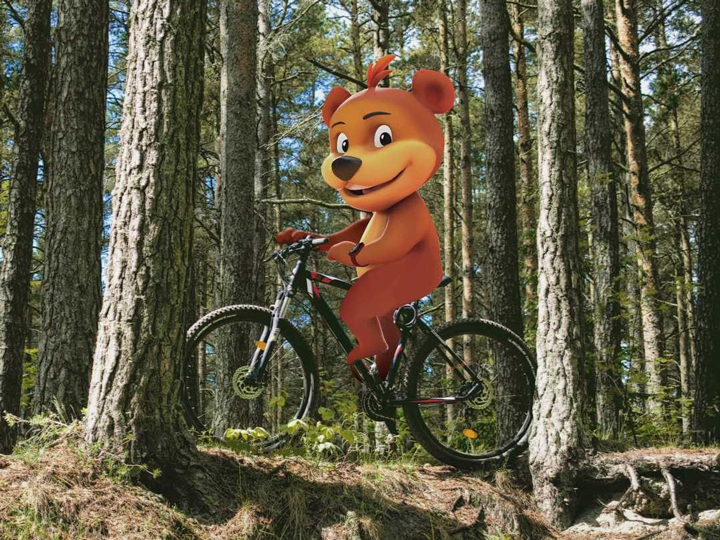
We engage in versatile sponsorship activities
Over the years, Kalev has supported many different areas. At the moment, our sponsorship activities are primarily focused on two areas: sport and culture.
In sports, our main focus is on supporting young and talented future generations. We consider it important to promote activeness habits among young people, and that is why we are the main sponsor of the TV 10 Olümpiastarti series, which is a competition series unique in the world. In addition, we support a number of major running competitions, among others the charity race Teatejooks, where over 12,000 primary school students from all over Estonia are running in support of children with reduced mobility.
We are also honoured to support the development of Estonian national culture in cooperation with the Estonian National Opera. Our partnership is in some ways expected – just as Estonia is the flagship of Estonian national culture, Kalev can be considered the equivalent in the food industry.
The Kalev brand and production rely on caring people and an organisation that takes responsibility for their operations. Therefore, Orkla has joined EU Pledge, the voluntary initiative of the leading food and beverage companies of Europe, the aim of which is to limit marketing of sweets to young children. As a responsible brand, Kalev does not use its sweets to sponsor events the target groups of which area mostly children under the age of 13. We want to contribute to the promotion of a balanced diet, increasing awareness among children and youth, and decreasing obesity in the Estonian society.
How to be more sustainable as a consumer?
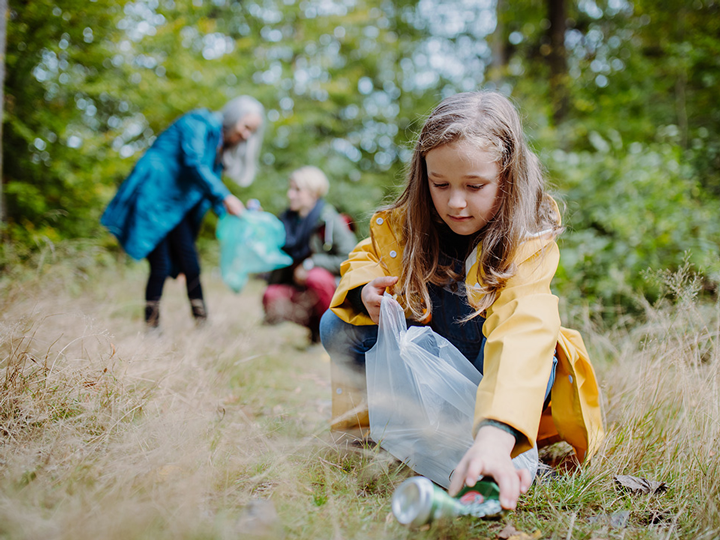
Just like companies, individuals can do a lot for the environment. We can bring an environmentally friendly mindset to our every day and inspire others around us. Every step is important, and in the end, a more nature-friendly way of life also works well for our own body and mind.
Try and waste as little food as possible
Some food waste in the household is inevitable. However, we can all make sure that food waste is kept to a minimum. We know that nearly half of the waste in the Estonian food supply chain comes from households. In turn, about 40% (more than 30 tonnes per year) of this is food waste due to incorrect planning.*
* Link to survey: „Toidujäätmed ja toidukadu Eesti toidutarneahelas“, (pdf)
Increase the amount of plant-based food in your menu
The ecological footprint of plant-based food is smaller than that of animal-based food, so you can contribute to the environmental conservation by eating plant-based food. What’s more, a person in Estonia eats more meat on average than is useful in view of a balanced diet.* Thus, by increasing the share of plant-based food in your menu, you will do good for both the environment and yourself.
Choose seasonal produce grown in your own country
A large part of Estonian agricultural produce is organic produce. In addition, we are among the five countries with the least use of plant protection products in the European Union. Domestic produce has also been grown right here near us, which means that it has not had to be transported from afar and so its carbon footprint is smaller.
Sort your waste!
From the environmental perspective, it is very important that we return the waste to circulation. That way, it is not necessary to use as many renewable and also non-renewable natural resources for the production of new materials, we spend less environmental resources and also slow down climate warming. By separating bio-waste from other waste, it is possible to use it for composting as well as for biofuel production and thereby reduce the need for fossil fuels. It is possible to produce new paper from used paper, new glass items from glass, new tin cans from tin cans, new plastic bottles or even textile items from plastic.
The cleanliness of the materials is important in giving them a new life, and it is important to ensure that they are not mixed together, since in this case their subsequent separation is much more complicated and, inevitably, a mass that can no longer be recycled due to contamination is created. Therefore, it is very important that we sort different materials (bio-waste, paper, glass, plastic, metal, electronics and hazardous waste) separately already in our homes.
Healthy body, healthy mind
It is important that we take care of both our physical and mental health. It is very important eat in a balanced way in order to ensure that the nutrients necessary for life are present in our body. It is worth drinking a lot of fresh water. Make sure you allow your body and mind the rest they need so that your energy level can recover. Sleep deprivation is considered to be one of the most neglected physiological needs of our time. Offer your body physical activity and move in fresh air. Take time to relax, engage in your hobbies, and engage with family and friends.
Reduce energy consumption
Energy production is today’s largest source of greenhouse gases (globally more than 70%). A strong movement towards carbon-neutral forms of energy production has started in the world. Hydropower, i.e. electricity produced by water flow has been used for already a long time. The number of wind turbines and solar farms is growing. Nuclear power generation is also carbon neutral. A number of other technologies are still in development.
We can all be energy efficient if we avoid over-consumption. In this way, we contribute to stopping climate warming and maintaining a suitable living environment.
A piece of good
Starting from 2022, Kalev has been using the new slogan A Piece of Good with which we would like to point out that excessive consumption is not good – a piece is enough to get a sweet experience.
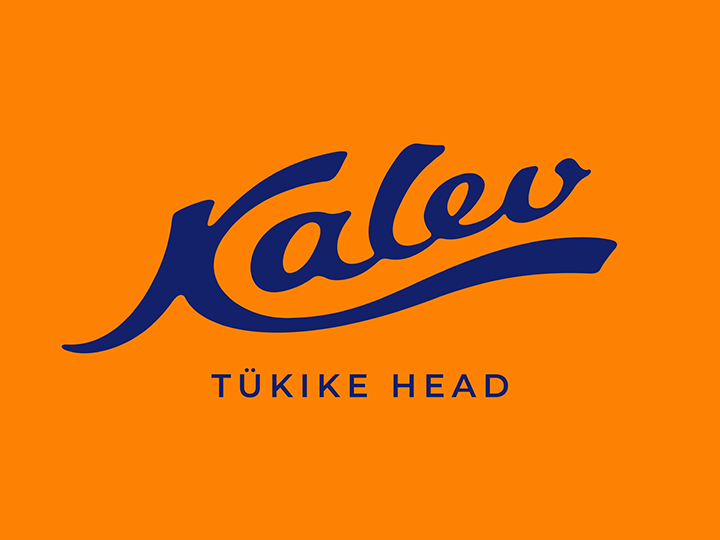
 EN
EN  ET
ET  RU
RU